Yellow color is everywhere in nature. In various community, the sun is one of the sources of energy and strength. The light of the sun is yellow. Hence, it is a common belief to us that yellow means strength, vibrancy, energy, spirituality, hope, happiness, warmth, and so on. On the contrary, yellow represents danger, sickness, insanity, and fraudulence. This color holds a strong presence in photography.

Yellow color is a warm color in the color wheel and is adjacent to red and orange colors. Violet is the complementary color. Though the color conveys a message of encouragement, and strength spending a long time with it may you feel fatigued and feel pressure in the nervous system.
Yellow color in daily life
Yellow as a warm color can attract viewers’ attention in any photographic composition through its presence of a small pigment. You can observe this color in traffic signals which are highly visible in daylight also. The MNCs also use this color in their advertisement background color. The text in black hue will be sharply visible. The message, notice, and warnings are highly visible with a yellow color background. The school bus, warning and caution signs are commonly visible with yellow color.
Use of yellow color in photography
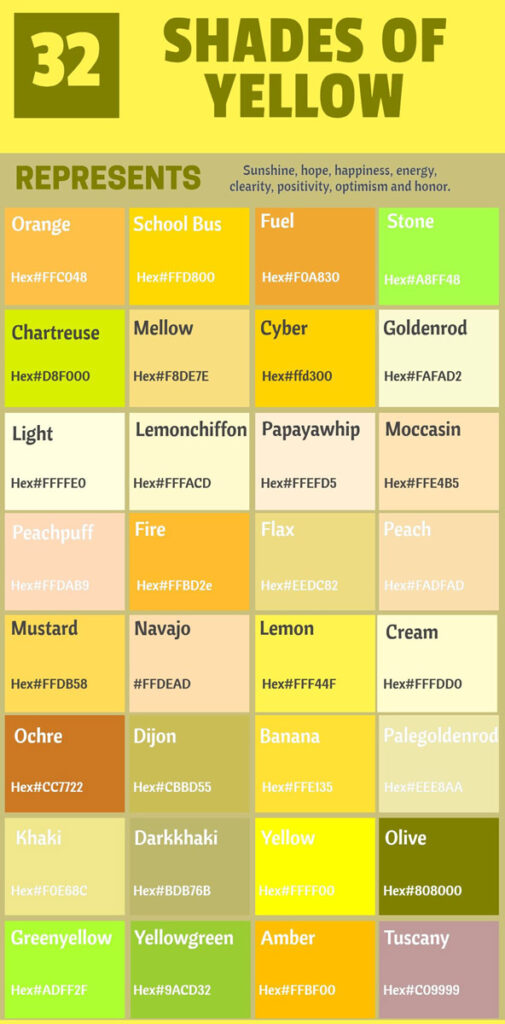
Yellow color in photography is very important. The photographer should use it after a thorough feasibility study of the composition. The meaning of the yellow color varies, and it conveys the other meaning if the photographer used it in the wrong position. It is a bit tricky, and the photographer has to use it to know well about the message that he/she wants to say to the viewers.
For example, the bright green grass, leaves of a big tree, and sunset all are mixed with yellow color in the photography composition in the background, subject, and foreground color. it communicates excitement, happiness, and strength. The shades of yellow color also convey a different meaning. A girl’s smiling face with a sunflower and a girl standing in a yellow costume and raising two hands against the camera makes different meaning for the viewers.
The use of yellow ochre color can be found in cave paintings like Pech Merle in France, Lascaux cave, and the cave of Altamira in Spain. The Aboriginals of Australia have been painted with yellow ochres for over 40,000 years.
The painters and photographers use yellow color with various shades in their compositions to date. The specific shades of yellow are used by various countries for a distinct reason. For example, the Egyptians used yellow ocher to paint women’s skin tones and depict deities. It was also essential for the palettes of Roman painters to lay down backgrounds and paint flesh tones.
Indian yellow color
Indian yellow was widely used in Indian watercolor and tempera-like paints. It was observed in Rajput and Mughal paintings from the 16th to the 19th century, Indian yellow was also used throughout Europe from the 17th to the 19th century.
The ingredients of Indian yellow where a mystery until the secret was revealed in the 19th century. It was prepared from the urine of cows fed only mango leaves and made exclusively in the village of Mirzapur, the yellow pigment was refined by heating the liquid and pressing it into round balls.
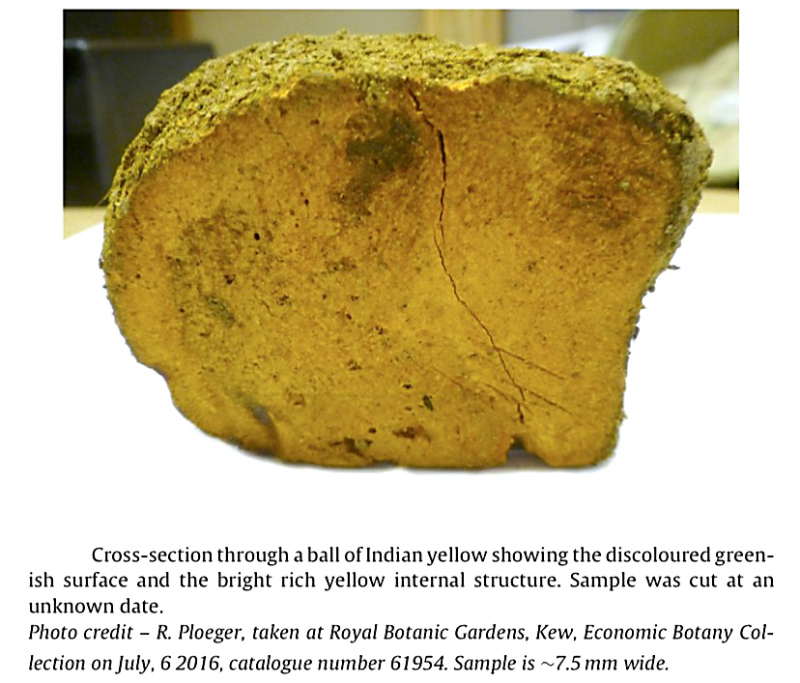
Yellow, among all, symbolizes, prosperity and opulence, so someone wearing a Silken cloth, pure yellow, would immediately remind you of abundance since it looks very close to gold. Hence when, during a Pooja, Yellow flowers or Turmeric are offered, it means, that a devotee prays for abundance in their life and family.
Whenever you see an image of Vishnu, he’s always seen in Yellow Dhoti, or a Pitambar around the shoulders and we all know that he’s the one God that engages with the world and runs it. So, his engagement with the world, where he wears a Pitambar, produces wealth in so many homes, like people who work to produce the Pitambar, get a living and money starts moving, that’s what it represents.
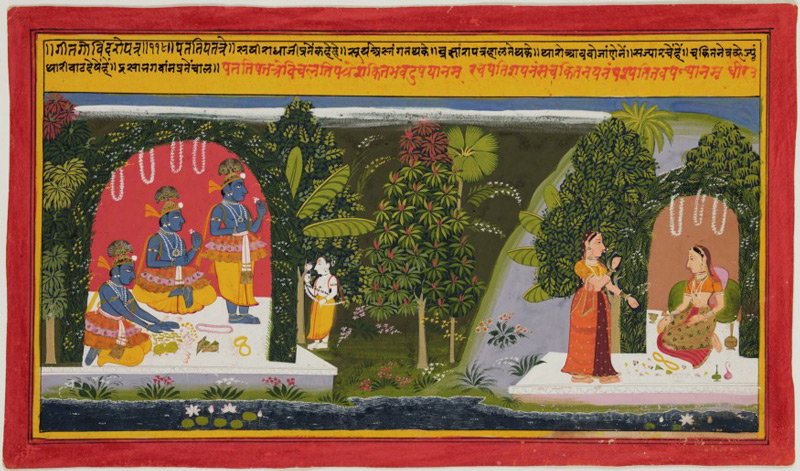
By European artists, Indian yellow was admired for its transparency, beautiful pure yellow color, lightly powdery texture, and utility for compounding greens, orange and other colors. The pigment was popularized in Europe by Dutch painters, including Jan Vermeer, who enjoyed the unique lightfastness of this extraordinary yellow. Indian yellow became part of JMW Turner’s watercolor palette and the Scottish Colorists adopted it in oil form.

One of its most famous users was Van Gogh, who painted a luminous Indian yellow moon in his 1889 masterpiece, The Starry Night.” It has been featured in expositions and esteemed for its beauty used in both watercolor and oil painting.
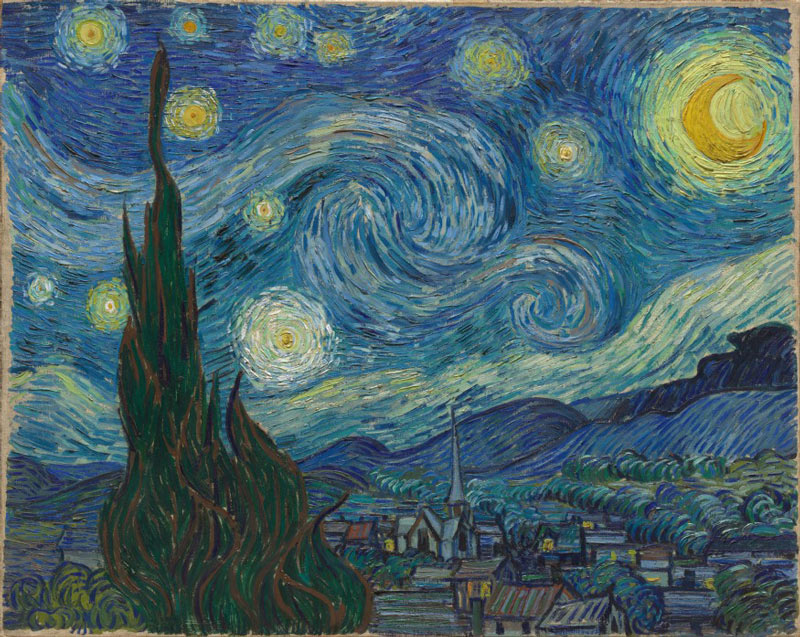
Today, a synthetic Indian yellow hue is manufactured using a mixture of magnesium euxanthate and calcium euxanthate. Cadmium yellow is mainly used in sunset Snow Effect and still life with apples and grapes in paintings. Cadmium is the family member of hue red, orange and yellow.
Use of yellow colors by photographers
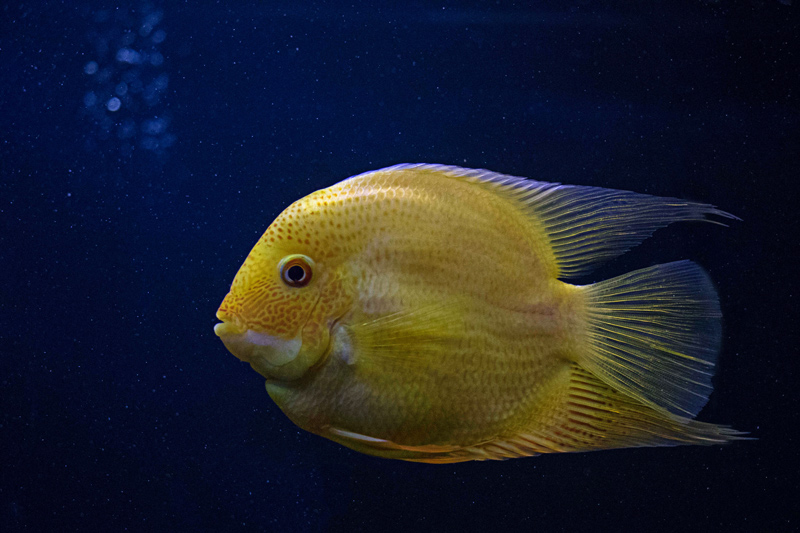
The reminiscent nature of yellow and its associations with disloyalty, betrayal, joy, warning, and nature remain just as poignant within the frame of the photograph. Street photographer Saul Leiter incorporated swaths of yellow into his street scenes, adding a palpable rhythm to his work. Mark Cohens’ image of a blond boy brashly smoking into the camera lens is punctuated by the boy’s bright yellow skivvy. Gregory Crewdson often incorporates yellow light emanating from lamps or house windows, juxtaposing homeliness with palpable unrest. Frans Lanting’s depiction of a leopard stalking in grass explores yellow in the natural environment. Kyle Jeffers uses yellow to accent architectural landscapes and Annette Horn’s yellow images trace the energetic properties of yellow on the 2-dimensional photographic plane.
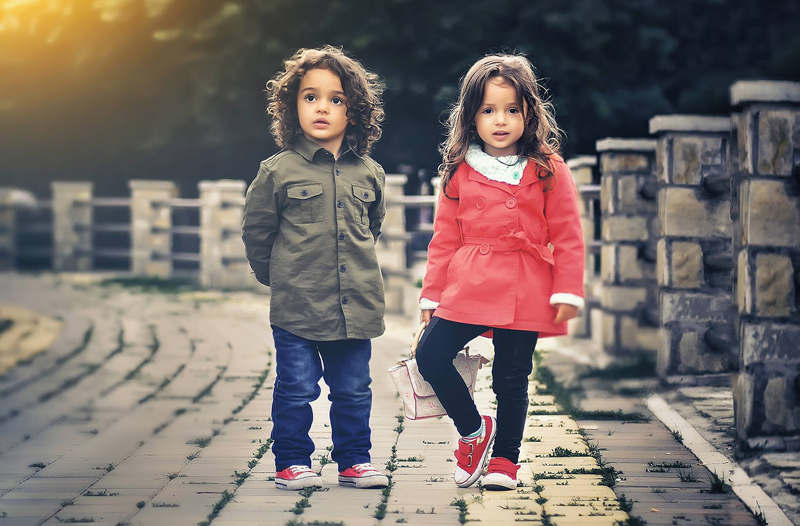
Golden hour, the period of daylight that occurs just after sunrise and just before sunset, has a distinctively yellow hue. During this window, daylight is at its softest and warmest, creating opportunities for dynamic portraiture and landscape photography. Generally the most subtle of colored filters, yellow filters are used in black and white photography to darken skies slightly and boost the contrast of green foliage. In portraiture, yellow filters also deliver warmer skin tones.
The psychological effect of the yellow hue
A bright golden yellow used in a picture always elicits feelings of joy happiness, curiosity, and interest. It will catch the eye. Citrine yellow tint to a photo can produce a feeling of instability and deceit and can be used effectively to produce such emotions. Lemon yellow provokes a sense of order and clarity.
A darker yellow can promote a feeling of loneliness, melancholy, and coldness and can be used very effectively to provoke such feelings.
In Indian Classical Dance yellow light is mainly used with a mix of amber. Indian dance-drama, semi-classical and creative dance yellow holds a prime role. Based on the situation amber, green, blue, and white lights are used to set a perfect environment in the psychology of the viewers.
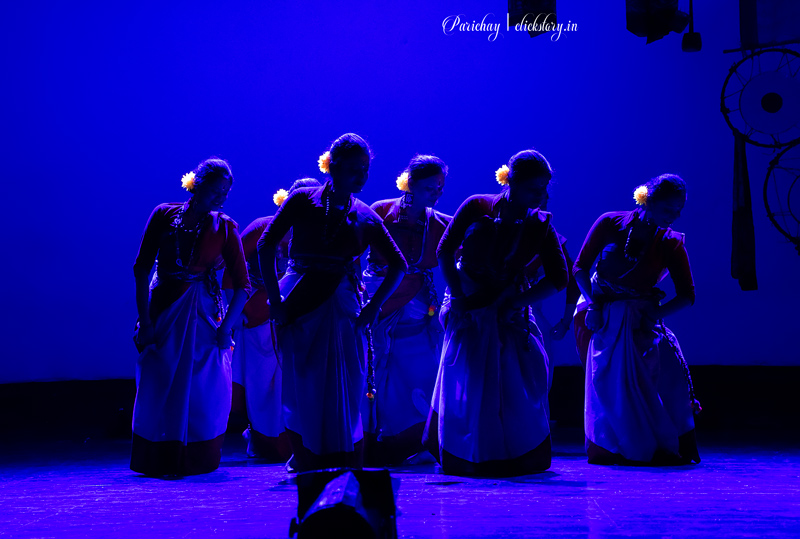
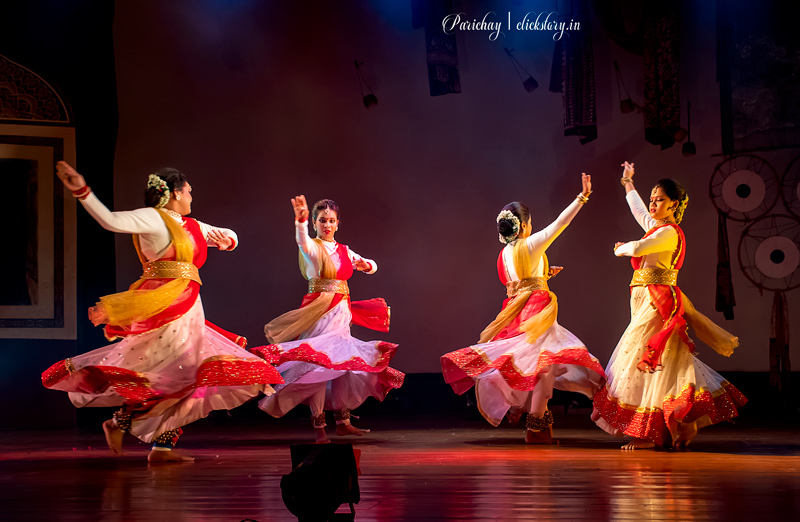
Post-production and yellow color
If you want to give more warmth to a picture, adjust the temperature. It compels you to turn yourself towards a yellow hue only.
You might like to read articles on colors like Violet, Blue, and Green.
Acknowledgement: Various photographic websites.

oh the yellow
Learning from your article sir..
Quite informative. thanks.
lovely article